Central Intelligence Agency (CIA) vs. National Security Agency (NSA) - What’s the Difference?

The Central Intelligence Agency (CIA) and National Security Agency (NSA).
Two well-known but very classified, highly trained, and highly capable federal intelligence agencies of the United States.
What sets them apart? What do they have in common? What can they do? Keep reading to learn what you need to know about the CIA and NSA.
TABLE OF CONTENTS
CENTRAL INTELLIGENCE AGENCY VS. NATIONAL SECURITY AGENCY: CIA
CENTRAL INTELLIGENCE AGENCY VS. NATIONAL SECURITY AGENCY: NSA
CENTRAL INTELLIGENCE AGENCY VS. NATIONAL SECURITY AGENCY: CAPABILITIES, MISSIONS, OPPORTUNITIES
CENTRAL INTELLIGENCE AGENCY VS. NATIONAL SECURITY AGENCY: STRUCTURE
CENTRAL INTELLIGENCE AGENCY VS. NATIONAL SECURITY AGENCY: TRAINING
CENTRAL INTELLIGENCE AGENCY VS. NATIONAL SECURITY AGENCY: REQUIREMENTS
CENTRAL INTELLIGENCE AGENCY VS. NATIONAL SECURITY AGENCY: CONCLUSION
CENTRAL INTELLIGENCE AGENCY VS. NATIONAL SECURITY AGENCY: CIA

The CIA is a civilian foreign intelligence service of the United States, officially tasked with gathering, processing, and analyzing national security information from around the world, primarily through human intelligence. As a principal member of the United States Intelligence Community, the CIA reports to the Director of National Intelligence and is primarily focused on providing intelligence for the President and Cabinet of the United States. The CIA has no law enforcement function. It is mainly focused on overseas intelligence gathering, with only limited domestic intelligence collection. It is the only agency authorized by law to carry out and oversee covert action at the direction of the President.
CENTRAL INTELLIGENCE AGENCY VS. NATIONAL SECURITY AGENCY: NSA

The National Security Agency is a national-level intelligence agency of the United States Department of Defense, and operates under the authority of the Director of National Intelligence. The NSA is the largest United States intelligence organization, however, the number of people who work in the agency is classified. It is the world leader in cryptology, which is the art and science of making and breaking codes.
CENTRAL INTELLIGENCE AGENCY VS. NATIONAL SECURITY AGENCY: CAPABILITIES, MISSIONS, OPPORTUNITIES

So, you just read that the CIA and the NSA are both intelligence agencies of the United States. Let’s highlight their purposes and missions in more detail so you have a better understanding of what each of them does for the country. The CIA mainly specializes in HUMINT, which is short for human intelligence. Like the name suggests, this is intel that is gathered by means of interpersonal contact by human sources. Picture a spy infiltrating a compound, gathering intel and reporting back to headquarters. That is an example of HUMINT.
The NSA, on the other hand, specializes in SIGINT, which is short for “signals intelligence”. SIGINT is intelligence derived from electronic signals and systems, such as communications systems, radars, and weapons systems. While the CIA may send a special agent overseas to gather intelligence, the NSA mainly has its personnel operate domestically, attempting to intercept and analyze signals from all over the world. It also defends the United States government and its interests from hacking, surveils adversaries, and much more.
This means that the CIA and NSA augment each other greatly. For example, a CIA operative who is overseas may need to access intelligence gathered from an NSA satellite in order to advance or complete their mission.
So, to recap, the CIA mainly deals with HUMINT missions, and the NSA mainly deals with SIGINT missions. Let’s look into some of the opportunities, or more specifically, some of their special operations assets you can find yourself in.
We’re going to briefly explain the CIA’s Special Activities Center and Global Response Staff, and for the NSA, we’re going to briefly go over their Special Collections Service and Scorpion Program (Scorpions).
For the Special Activities Center, this is the CIA’s equivalent of a Tier One special operations unit. Mostly consisting of former Tier One operators and former SOF members, it is responsible for covert operations and paramilitary operations. The operations it partakes in are ones in which the U.S. government does not want to be overtly associated with.
For the Global Response Staff, this is made up of former members of U.S. special operations forces, or those who have served in SWAT teams. Their mission is to guard spies, but their operations have expanded to include critical security at drone bases, defending Special Collection Elements in the field, and transporting intelligence assets in combat zones.
For the NSA’s Special Collections Service, it is also known as F6. It is a highly classified black budget program whose existence has never officially been acknowledged by the U.S. government. In fact, it’s actually a joint program between the NSA and CIA. It’s charged with inserting eavesdropping equipment in difficult-to-reach places, such as foreign embassies, communications centers, and foreign government installations.
And then, for the Scorpion Program, it is essentially a smaller version of the CIA’s Global Response Staff. The Scorpion Program is a force made up of security contractors, many of whom have a distinguished background in the U.S. special operations community. Not much is known about these guys.
CENTRAL INTELLIGENCE AGENCY VS. NATIONAL SECURITY AGENCY: STRUCTURE

The CIA is broken down into five different directorates. There’s the Directorate of Operations, Directorate of Analysis, Directorate of Science and Technology, Directorate of Support, and the Directorate of Digital Innovation.
These directorates all work in tandem to fulfill the CIA’s mission: collecting foreign intelligence that matters, producing objective all-source analysis, conducting effective covert action as directed by the president, and safeguarding the secrets that help keep the United States Safe.
Actually, no one really knows the structure of the NSA. All we know is that as of 2013, it has about a dozen directorates, which are designated by a letter, although not all of them are publicly known. We weren’t kidding when we said this agency was highly classified.
CENTRAL INTELLIGENCE AGENCY VS. NATIONAL SECURITY AGENCY: TRAINING

There’s a lot of diversification as to where CIA officers receive their training, because there’s a whole slew of career fields in the CIA. But if we had to guess, you’re probably most interested in where the clandestine agents receive training, which are the ones in the DO and SAC. These are the positions that exist within this area:
- Collection Management Officer
- Directorate of Operations Language Officer
- Operations Officer
- Paramilitary Operations Officer
- Specialized Skills Officer
- Staff Operations Officer
-
Targeting Officer
So if you find yourself in any of those lines of work, there are two routes you will take. There’s the Professional Trainee Program, and the Clandestine Service Trainee Program.
The PT Program is designed as an entry-level program for individuals seeking a career as a core collector in an overseas mission. Candidates for the professional trainee program must possess a bachelor’s degree. Substantial work experience is not a requirement, as most trainees receive experience through a number of headquarters-based assignments. These are typically applicants who are fresh out of college. It’s a precursor to the CST program.
The CST program is 18 months long, and is for applicants who have prior professional, military, or other non-academic experience. It is designed to train and certify individuals to successfully recruit and handle foreign sources who can provide access to vital human intelligence.
A lot of this training is conducted at what is known as “The Farm” at Camp Peary, Virginia, and also receives training at “The Point” near Hertford, North Carolina.
Just remember, the CIA is very mute about what it does and how it conducts its training. Don’t expect to know a week by week breakdown of things like you can find out about a military branch boot camp.
Like the CIA, the NSA doesn’t have a one track curriculum you need to complete to join the agency. There’s no NSA “academy” like you’d expect. There’s a whole slew of career fields in the NSA.
For the cyber and intelligence career fields, the NSA and the Intelligence Community offer advanced training opportunities at the National Cryptologic School and National Intelligence University. Due to how many different career fields there are in the NSA, the requirements to get in will greatly vary. Just know that it is virtually impossible to land a job here without a degree, especially in the intelligence and cyberspace areas.
CENTRAL INTELLIGENCE AGENCY VS. NATIONAL SECURITY AGENCY: REQUIREMENTS

For the CIA, these are the minimum requirements and the desired requirements.
- Must be 18 years of age
- Be a U.S. citizen
- Be a high school graduate
- College degree/advanced degree (desired)
- Foreign language proficiency (desired)
- Military/SOF/law enforcement experience (desired)
For the NSA, a safe bet for you is to have a college degree in some form of intelligence, computer science, data analysis, or something cyber related. You most likely will not land a job at the NSA without a degree.
CENTRAL INTELLIGENCE AGENCY VS. NATIONAL SECURITY AGENCY: CONCLUSION

In this blog post, you learned that the CIA and NSA are very similar, yet quite different. Both agencies are highly secretive, operate under the shadows, and provide intelligence and security for the United States. The CIA specializes in human intelligence, and the NSA specializes in signals intelligence. Both of these agencies work in tandem to keep the U.S. safe.
If you want to learn more about the military, law enforcement, or government entities, we have a YouTube channel dedicated to providing the best info out there, plus we have a growing list of blog posts as well. Click the links to take you to them!
Back to top.
General Discharge is a veteran-owned, veteran-operated organization that is dedicated to providing the best U.S. Military and Law Enforcement information. With over 250 YouTube videos, over 45 million views, and hundreds of thousands of followers, we have contributed to the success and knowledge of both the current and future generations of service members.
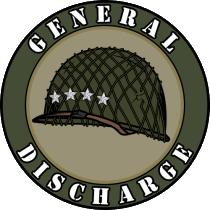
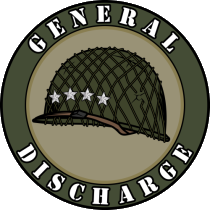

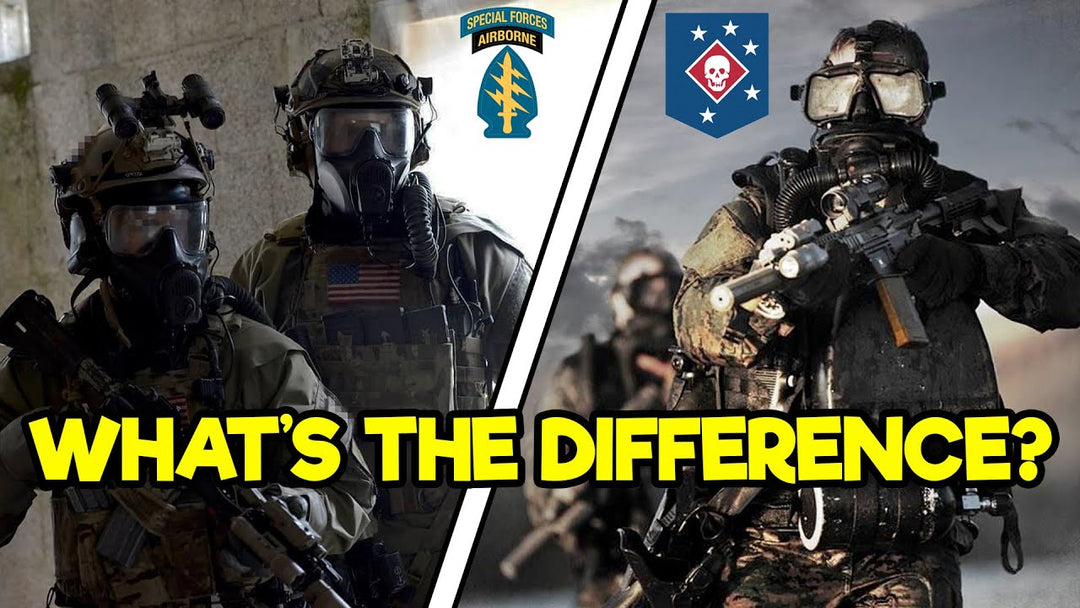
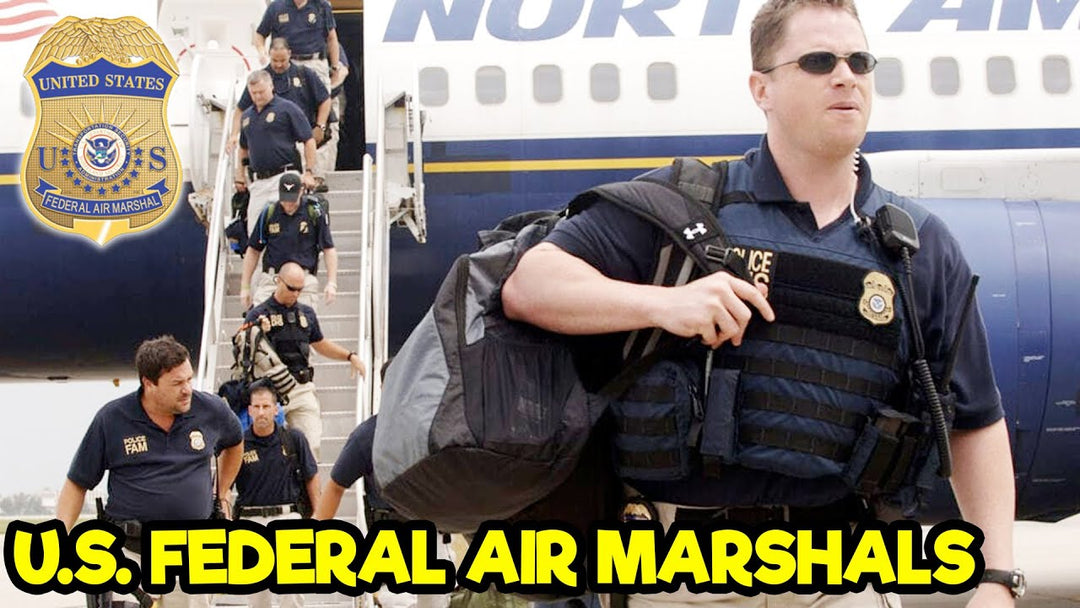
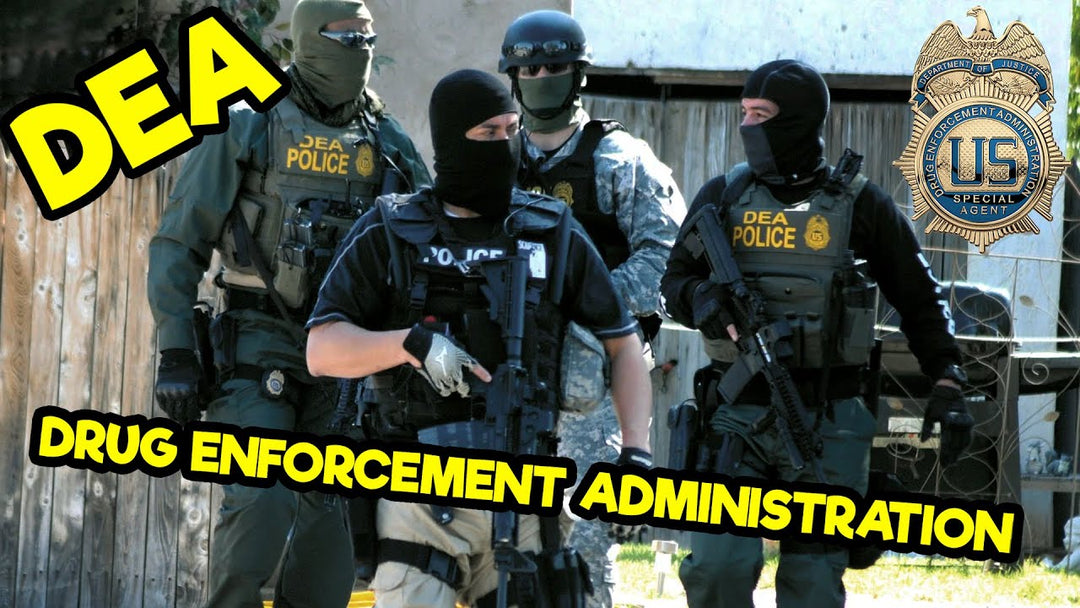
Leave a comment